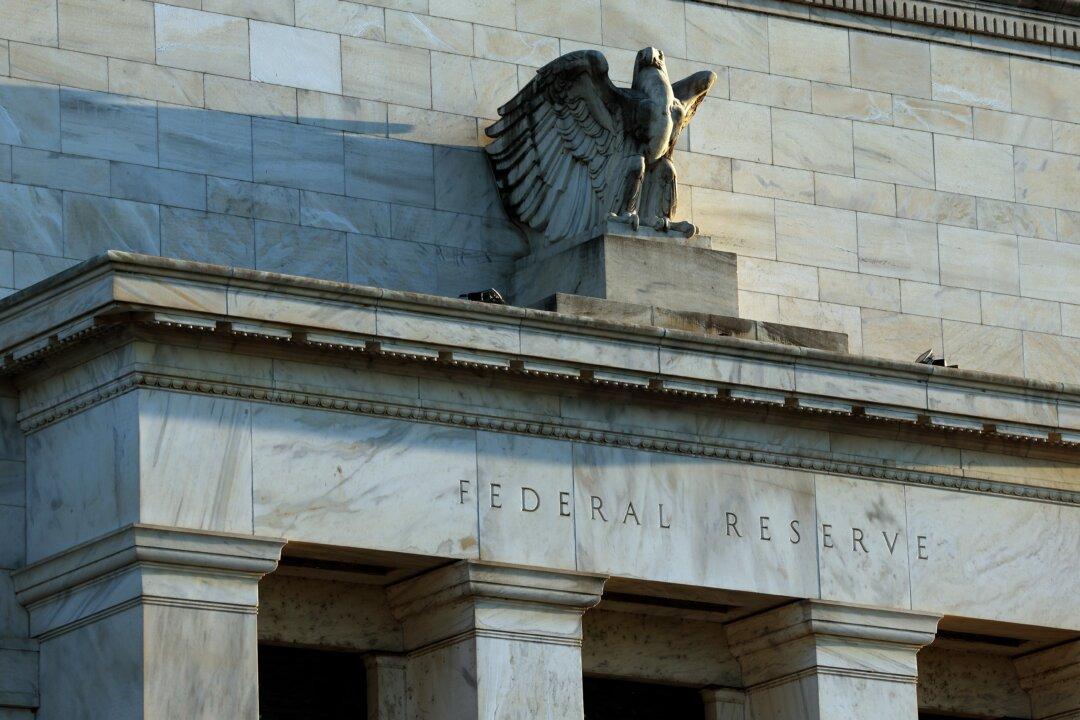Commentary
Although these articles almost always focus on China trade and economics, former President Donald Trump’s comments on the subject of Federal Reserve (Fed) independence demand a perspective.

Although these articles almost always focus on China trade and economics, former President Donald Trump’s comments on the subject of Federal Reserve (Fed) independence demand a perspective.